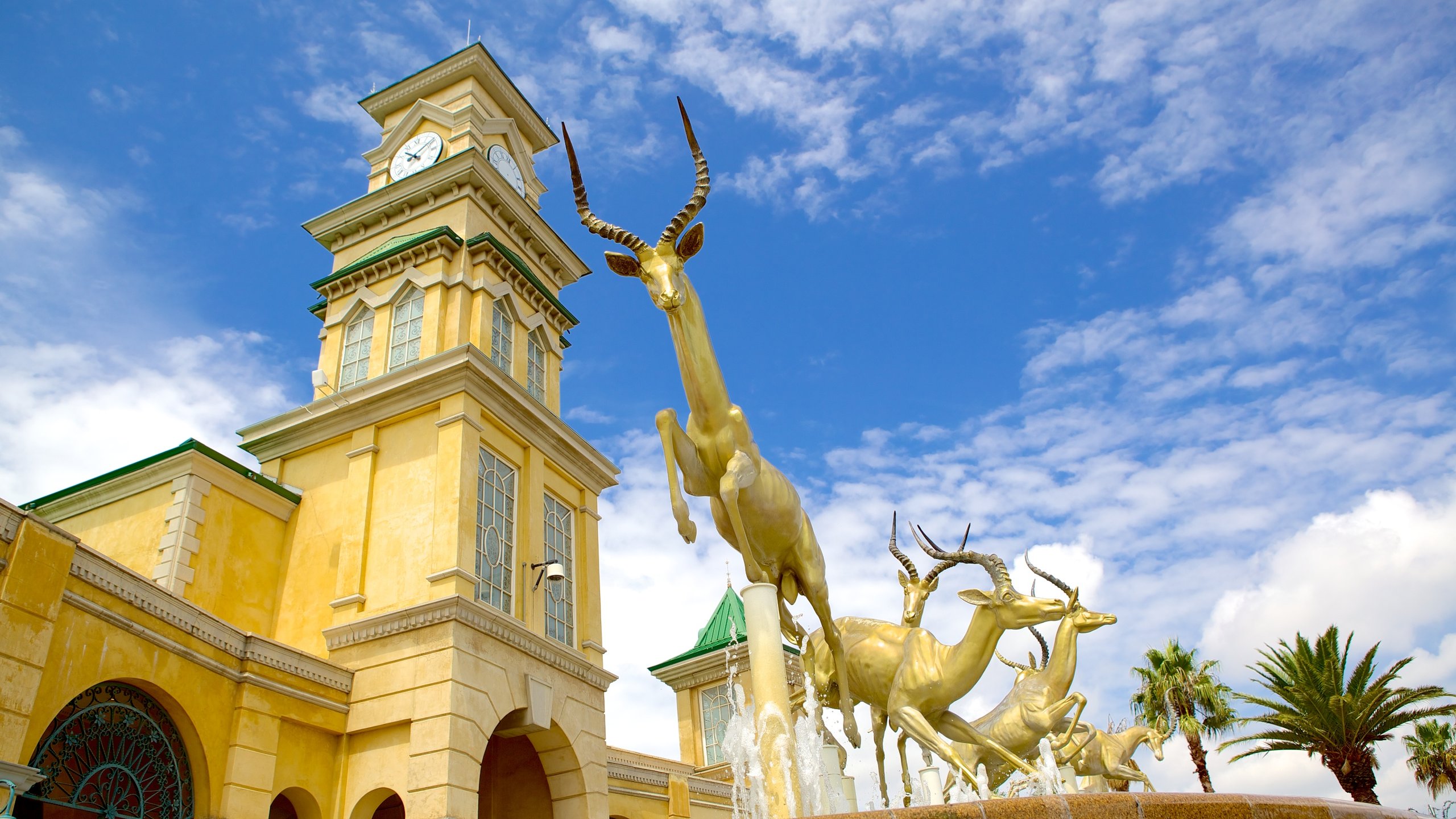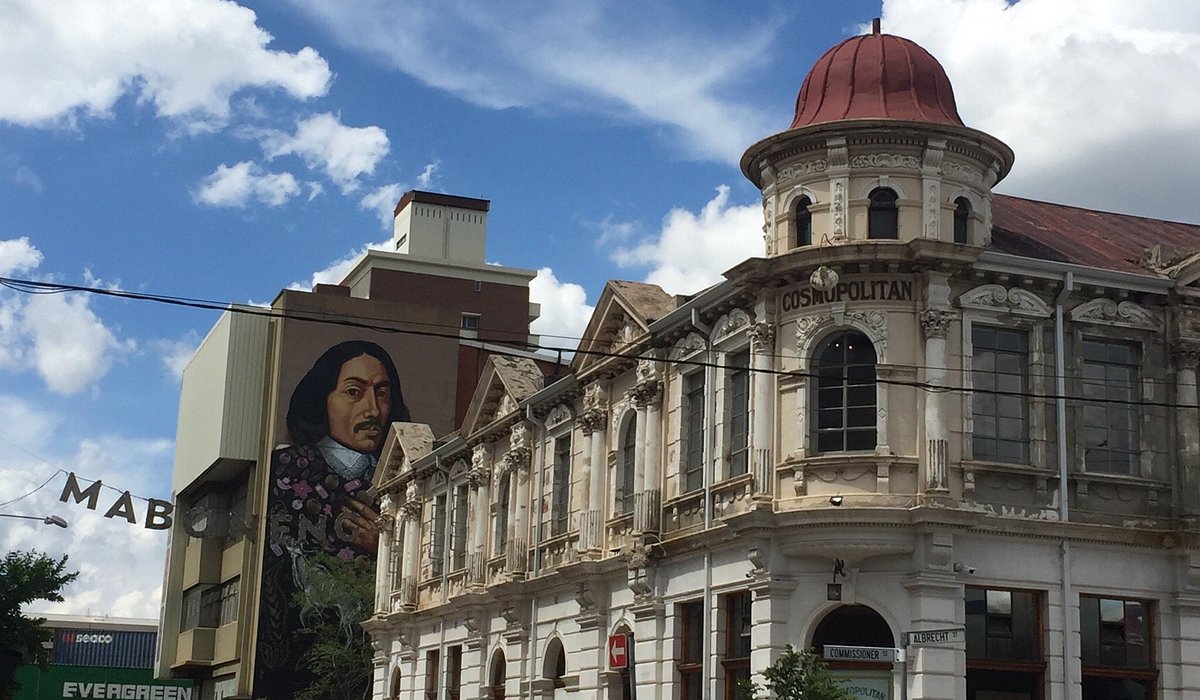A Biased View of Johannesburg North Attractions
A Biased View of Johannesburg North Attractions
Blog Article
The Facts About Johannesburg North Attractions Uncovered
Table of ContentsSome Known Details About Johannesburg North Attractions Johannesburg North Attractions Things To Know Before You BuyThe 7-Second Trick For Johannesburg North AttractionsNot known Facts About Johannesburg North AttractionsHow Johannesburg North Attractions can Save You Time, Stress, and Money.How Johannesburg North Attractions can Save You Time, Stress, and Money.
The city grew on the side of the Witwatersrand Main Reef, a below ground stratum of gold-bearing quartz-silica conglomerate that arcs for hundreds of miles under the Highveld - Johannesburg North attractions. Many of the gold mines in the city stopped procedure in the 1970s, but in its day the Witwatersrand gold industry accounted for more than 40 percent of the world's yearly gold manufacturing.Johannesburg has a pleasant environment. The city delights in about 8 hours of sunshine per day in both winter and summer.
What rainfall the city receives falls practically specifically in the summertime, typically in amazing late-afternoon electric tornados. Air contamination presents a substantial problem, particularly in the cold weather, when thermal inversions hamper the westward circulation of air from the Indian Sea. Air pollution is most extreme in the densely settled Black territories on the city's perimeter, where numerous homeowners still depend on coal for fuel.

Some Ideas on Johannesburg North Attractions You Should Know
The balance of the city is inhabited by whites. Accommodation varies in character and top quality. Soweto is notorious for its unlimited rows of municipally constructed, two-room matchbox homes, yet it also has a few thriving enclaves in addition to bristling squatter camps, where tens of thousands live without water, electrical energy, or cleanliness facilities.
Physical growth, although somewhat restricted by transport, proceeded rapidly as immigration to South Africa, and Johannesburg specifically, enhanced considerably. This problem was addressed in the 1930s when the car was introduced in automation to South Africa. Autos were, essentially, restricted to the rich, and allowed them to relocate to the north of the city and commute right into the centre.
A lot of bad suburban areas were blended, with bad blacks and whites living with each other, although the affluent suburbs were normally scheduled for whites.
The previous system of eleven numbered regions was reorganised in 2006. Marshalltown, as seen from the top of the Carlton Centre. The M1 and M2 run behind the buildings, and the southern suburbs prolong past the freeway boundary. The inner city of Johannesburg lies within the city's Area F. The number of people living in Check This Out the inner city on a casual basis is unknown, as lots of are prohibited immigrants. The joblessness, education and learning, and age profiles of the area are all unknown, due to the problem of getting trustworthy info regarding the location.
The Greatest Guide To Johannesburg North Attractions
Yeoville and Bellevue have a mix of apartment and solitary domestic units on little great deals. The area lies on a hilly divide that runs from eastern to west. The most noticeable geographical feature is Observatory Ridge, which is named for the large observatory located on it. The recreational areas are no longer utilized, due to safety troubles.

The Ultimate Guide To Johannesburg North Attractions
The eastern residential areas are some of the earliest areas of Johannesburg, there are big areas of Jewish and other European backgrounds, the majority of the populace is English talking. There are review 3 golf courses as well as a number of secured ridges with viewsites.
Originally developed to house male migrant employees, numerous have been enhanced as homes for couples and households. The suburban area was not traditionally permitted to develop employment centres within the location, so practically all of its residents are travelers to various other components of the city.
Everything about Johannesburg North Attractions
The property areas in the northern residential areas are primarily formal, with no considerable areas of informal housing, or housing that does not have an irreversible framework. This is a well-known area, there is a pattern of land use adjustment from domestic to industrial, click for more especially along main arterial roadways and around established nodes.
Roads to the east and west are much less well established, as there are no freeways taking a trip in that direction. Towards the northern border of the city, the thickness of growth lowers, leaving big locations of primitive land around Midrand.
More About Johannesburg North Attractions
, which is situated on a hillside overlooking the inner city and Hillbrow.
Report this page